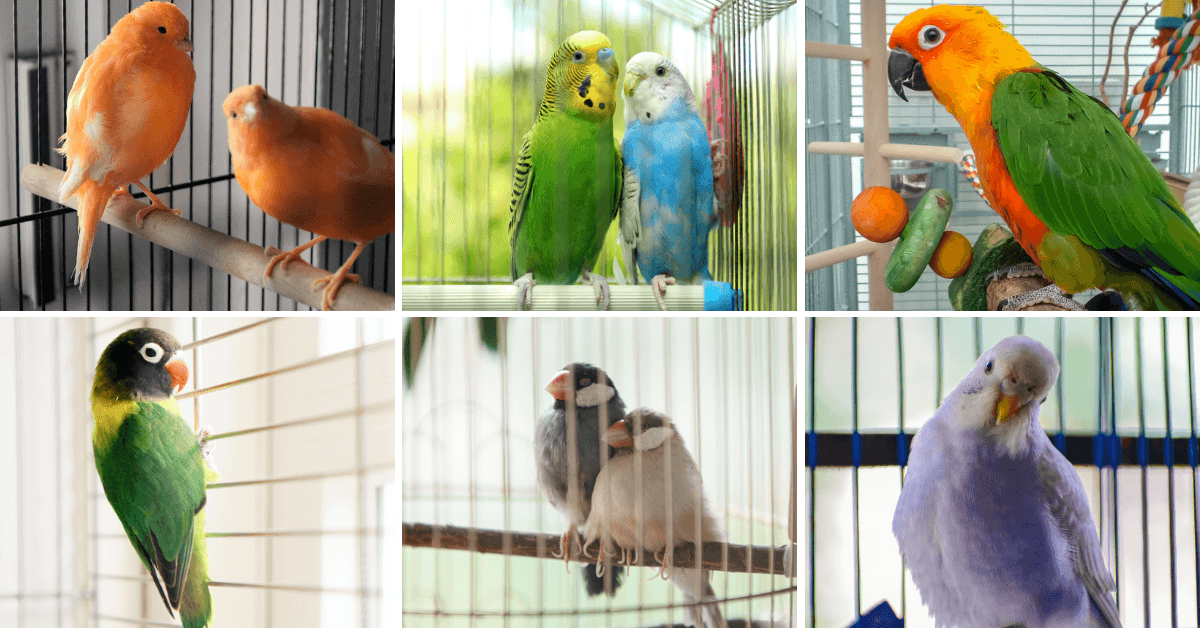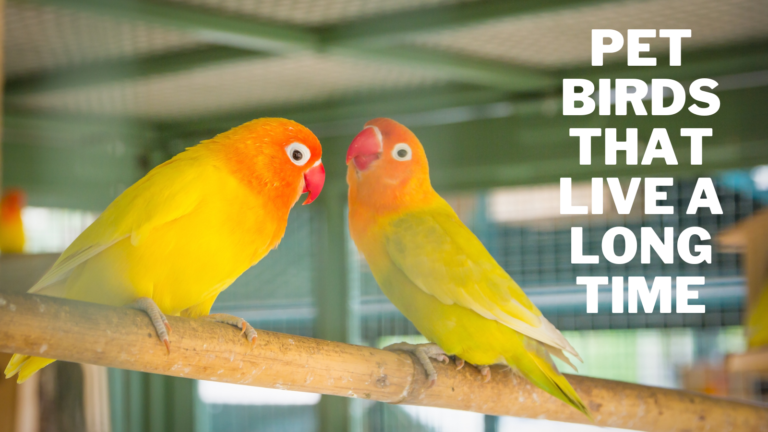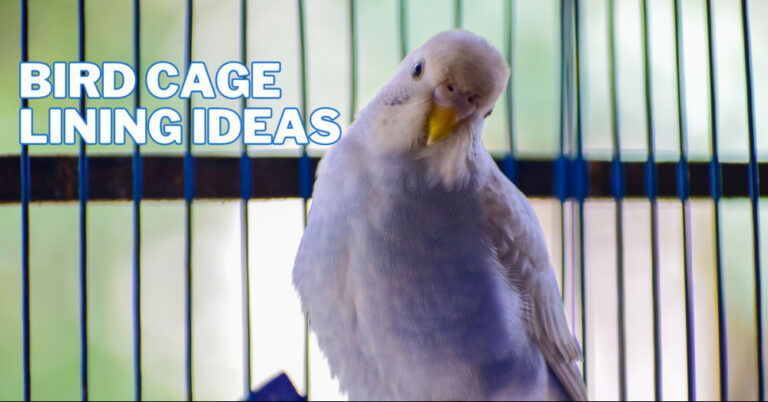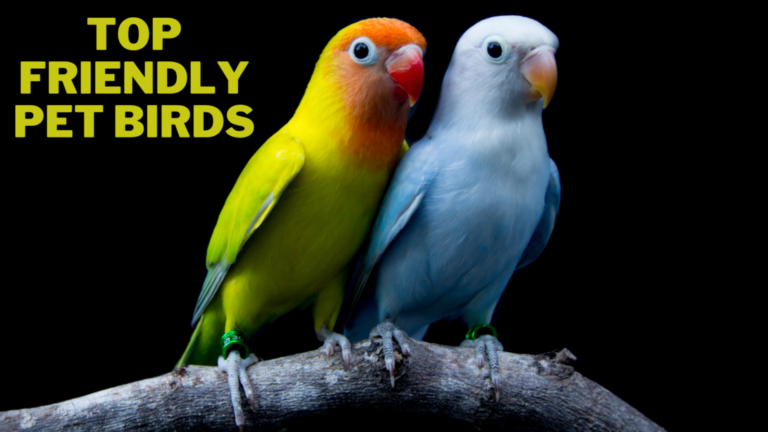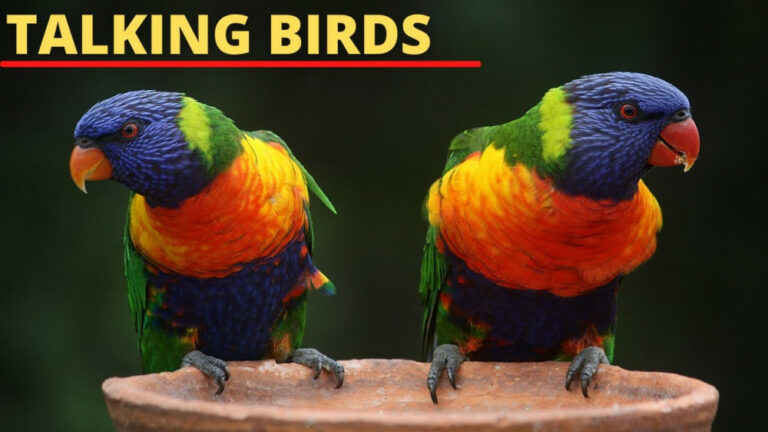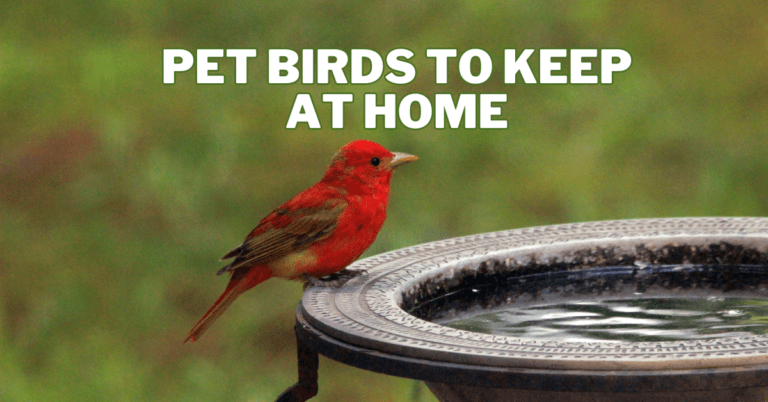Tips To Choose The Best Bird Cage
Tips To Choose The Best Bird Cage
When it comes to welcoming a feathered friend into your home, the choice of their abode is not to be taken lightly.
Selecting the right bird cage is a decision that impacts not only the comfort and well-being of your avian companion but also their overall quality of life.
Whether you're a first-time bird owner or a seasoned enthusiast, choosing the best bird cage requires careful consideration and a keen understanding of your feathered friend's needs.
Each aspect is crucial in providing a safe, comfortable, and stimulating environment for your avian companion, from size and material to features and design.
In this guide, we'll delve into the essential tips that will empower you to make an informed choice and provide your bird with a home that fosters their happiness and health.
A Guide To Choosing The Best Bird Cage
A world of vibrant feathers, curious beaks, and playful spirits exists in nature's delicate symphony.
For those who have embraced the companionship of avian friends, the song of bird ownership is harmonious, resonating with the flutter of wings and the sweet melodies of chirps.
Yet, beneath the enchantment lies a responsibility that transcends the beauty of colourful plumage – providing a haven that echoes comfort, safety, and the freedom for these winged beings to flourish.
Here are some essential tips to guide you in choosing the best bird cage for your feathered friend:
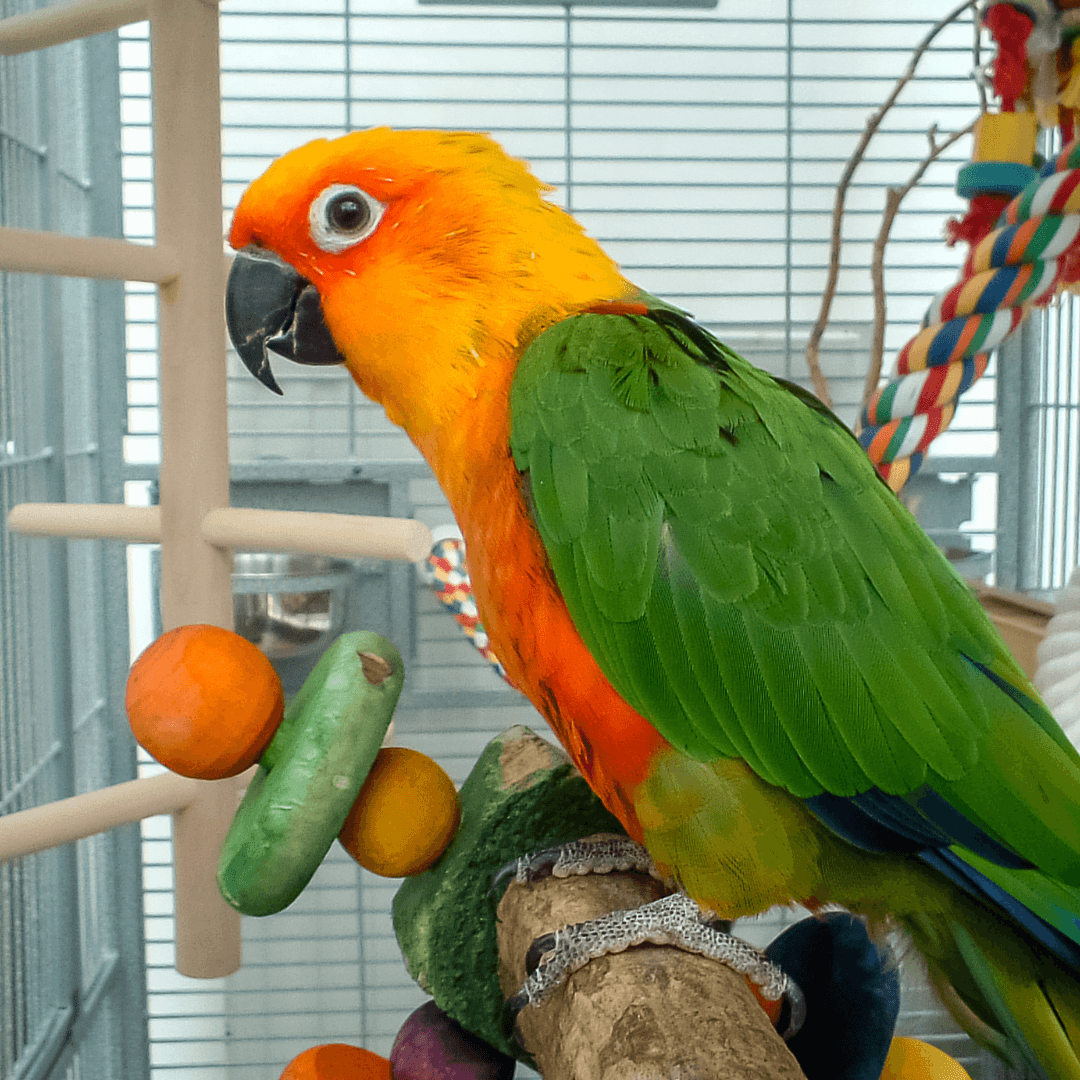
1. Consider Your Bird's Size And Species
The right cage size is paramount to your bird's well-being and happiness. Each bird species has distinct space requirements based on their natural behaviours and physical characteristics.
A spacious cage provides room for essential activities like flying, stretching, climbing, and exploring.
For instance, smaller finches may thrive in a cage with horizontal space for hopping, while larger parrots need vertical climbing.
Researching your bird's specific needs is essential—consider its wingspan, tail length, and overall size. A cage restricting movement can lead to stress, boredom, and even health issues.
When your feathered friend has enough room to spread their wings and move comfortably, they exhibit natural behaviours contributing to their mental and physical well-being.
Remember, it's not just about accommodating their current size but also considering their growth and activity levels.
Investing in an appropriately sized cage ensures your bird has a safe, nurturing environment that encourages healthy behaviours and vibrant, joyful life.
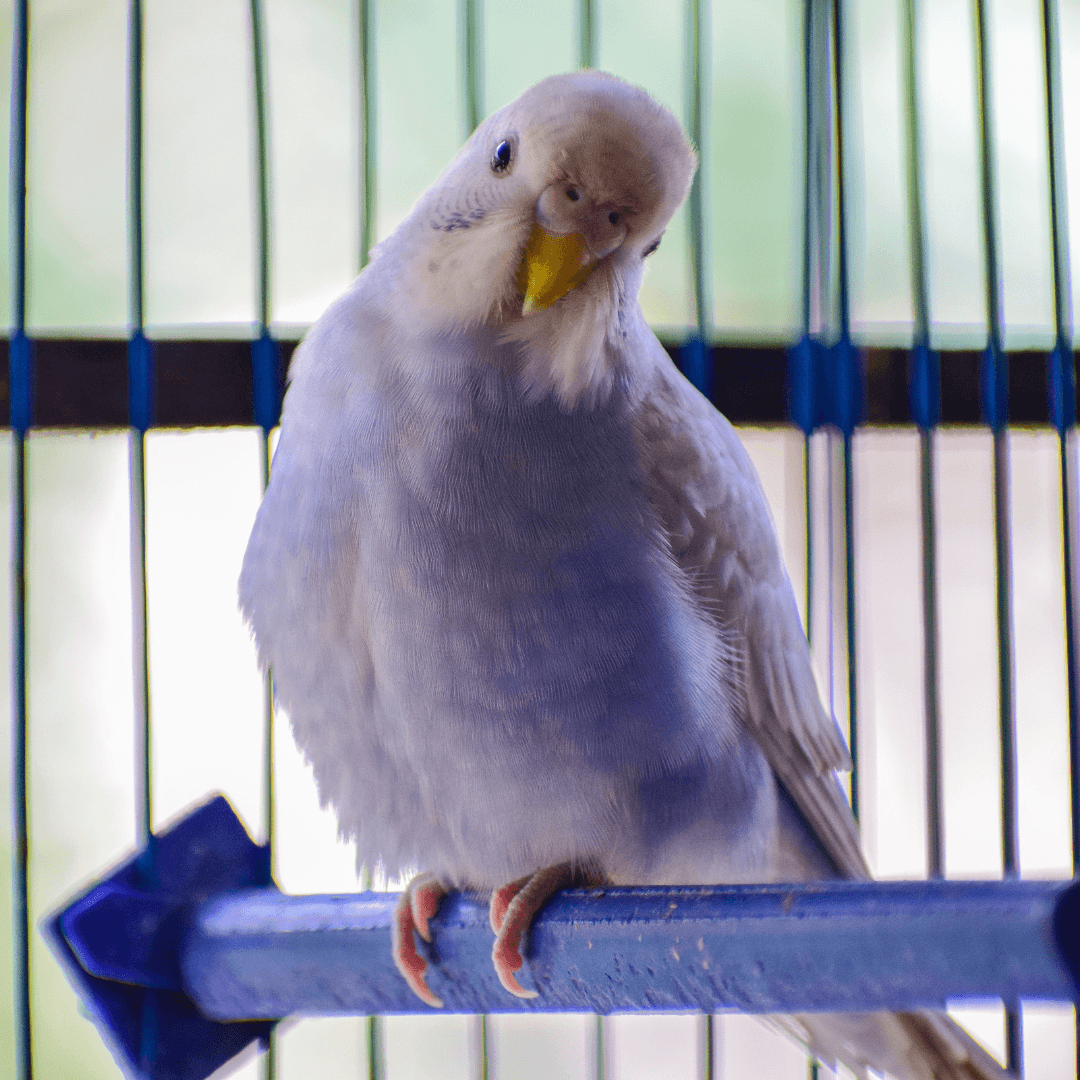
2. Choose The Right Bar Spacing
Bar spacing in your bird's cage is pivotal to their safety and comfort. The gap between bars should be chosen carefully to prevent potential hazards.
Smaller birds, such as finches or budgies, need closer spacing between the bars to avoid falling through or becoming trapped between them.
This ensures they are secure within their enclosure. Conversely, larger birds, such as parrots, macaws, or cockatoos, require wider bar spacing to move freely without risk of injury.
Choosing the appropriate bar spacing is crucial to providing ample space for movement and play while ensuring your bird's safety.
A cage with the wrong bar spacing can lead to accidents, injuries, or even escaping, posing significant risks indoors and outdoors.
By selecting a cage with bar spacing tailored to your bird's size, you provide them with a secure environment that allows them to thrive without compromise.

3. Prioritize Material Safety
Choosing materials for your bird's cage is paramount to their overall health and well-being. Opting for non-toxic materials is necessary to ensure your feathered companion's safety.
Stainless steel, a favoured choice, is not only durable and resistant to rust but also non-toxic and easy to clean.
Wrought iron is another excellent option known for its sturdiness and suitability for larger birds. If considering powder-coated metal, ensure it's free from harmful chemicals and paints.
Conversely, it is imperative to avoid cages with lead-based paints or materials, as lead can severely harm your bird's health.
Birds are known for their curious nature. They often nibble on cage bars and materials. If these materials contain toxins, your bird could ingest harmful substances that might lead to health complications.
By prioritizing material safety and choosing bird cages constructed from non-toxic components, you offer your avian companion a secure habitat that fosters their health and vitality, allowing them to live a life of joy and contentment.
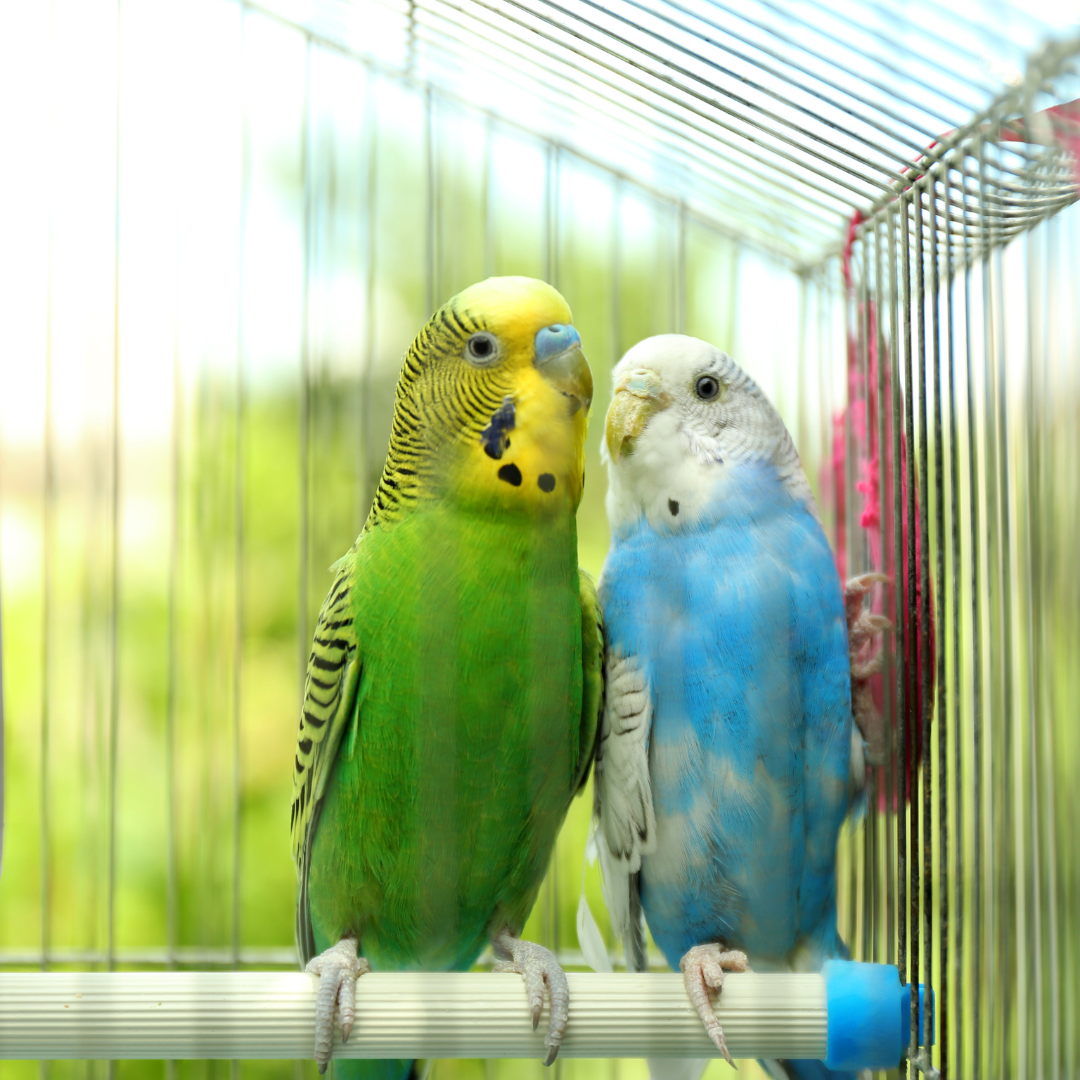
4. Consider Cage Shape And Design
The shape and design of your bird's cage significantly impact its physical activity and mental stimulation.
Opting for a cage with horizontal bars offers your bird ample opportunities for climbing, mimicking their natural inclination to navigate branches in the wild.
Vertical bars, on the other hand, provide ideal perching spots, allowing your bird to rest comfortably.
A cage with a flat top or play area is a valuable extension of their living space, encouraging out-of-cage interaction and exercise.
This dedicated area provides room for toys, perches, and even social interactions with you and other family members, promoting mental and physical engagement.
An enriched environment like this staves off boredom, a common concern for caged birds, and contributes to their overall well-being.
By thoughtfully considering the shape and design of the cage, you not only create a comfortable home for your feathered friend but also create an environment that fosters their natural behaviours, ensuring they remain active, entertained, and connected to their surroundings.
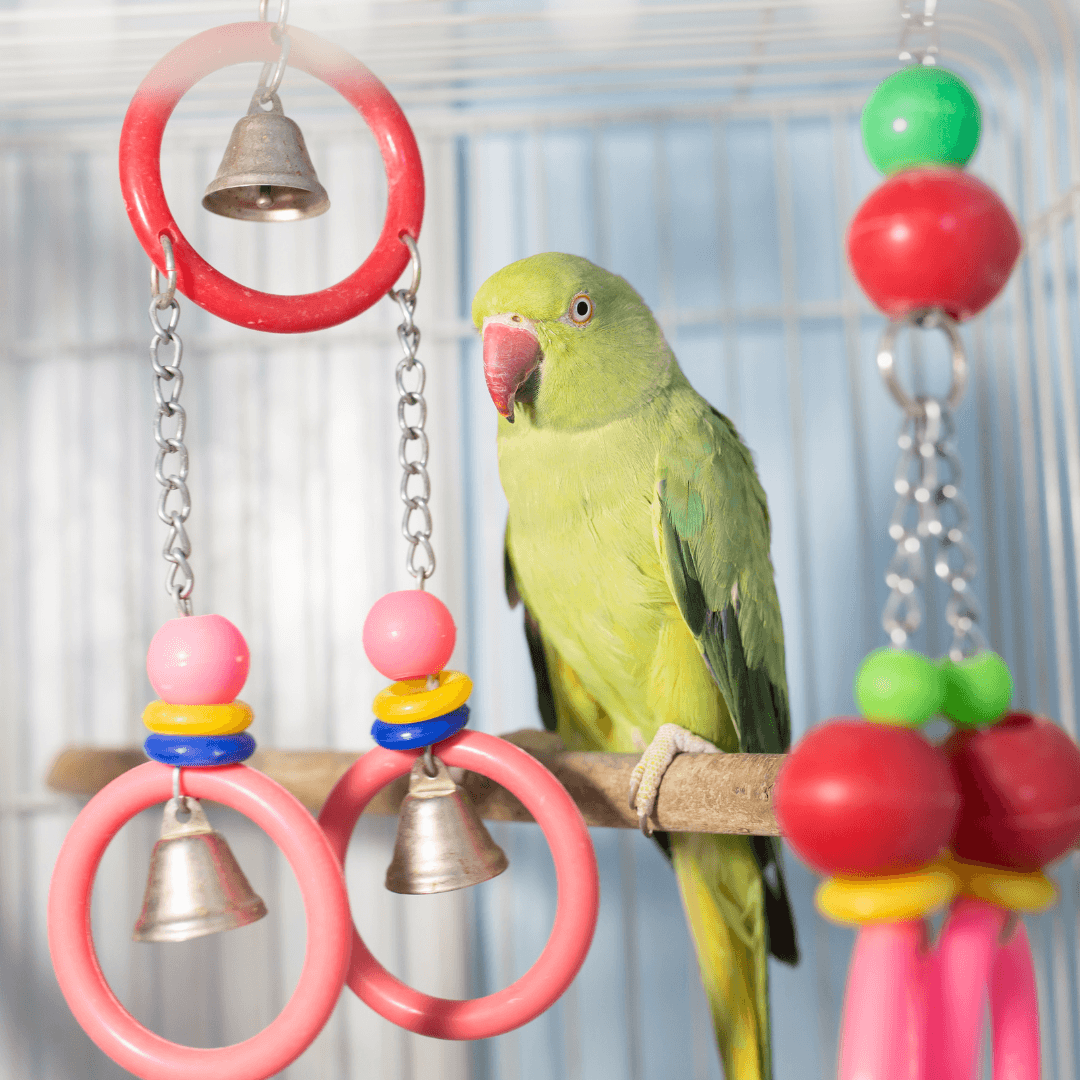
5. Provide Enrichment
Creating a stimulating environment within your bird's cage is essential for its mental and emotional health.
When selecting a cage, prioritize one with sufficient space to accommodate various enriching elements.
Perches of different sizes and textures mimic the diversity of branches in their natural habitat, promoting foot health and encouraging movement.
Including various toys, such as puzzles, bells, and chewable objects, engages their cognitive abilities and alleviates boredom.
Swings offer not only entertainment but also opportunities for gentle movement and exercise.
Enrichment prevents negative behaviours that stem from frustration or monotony, such as feather plucking or excessive vocalization.
Investing in a cage that allows for the incorporation of perches, toys, and swings provides your avian companion with an environment that sparks their curiosity, sharpens their intellect, and fosters a sense of contentment.
In turn, a mentally stimulated bird is a happier, healthier, and more interactive member of your household.

6. Ventilation
Proper ventilation is fundamental to ensuring your bird's well-being. When selecting a bird cage, consider the design and placement of ventilation openings.
Adequate airflow is essential to maintain optimal respiratory health for your feathered companion.
When airborne contaminants like dust, feathers, and dander accumulate due to inadequate ventilation, it can significantly affect your bird's respiratory system.
Additionally, moisture that is trapped due to breathing or water that has been spilt can provide a breeding ground for mould and germs, creating health dangers.
To mitigate these concerns, choose a cage with well-positioned ventilation openings that facilitate fresh air circulation.
This promotes a cleaner, healthier environment within the cage and reduces the likelihood of respiratory issues.
By prioritizing proper ventilation, you contribute to your bird's overall comfort and ensure their habitat remains conducive to their physical well-being.
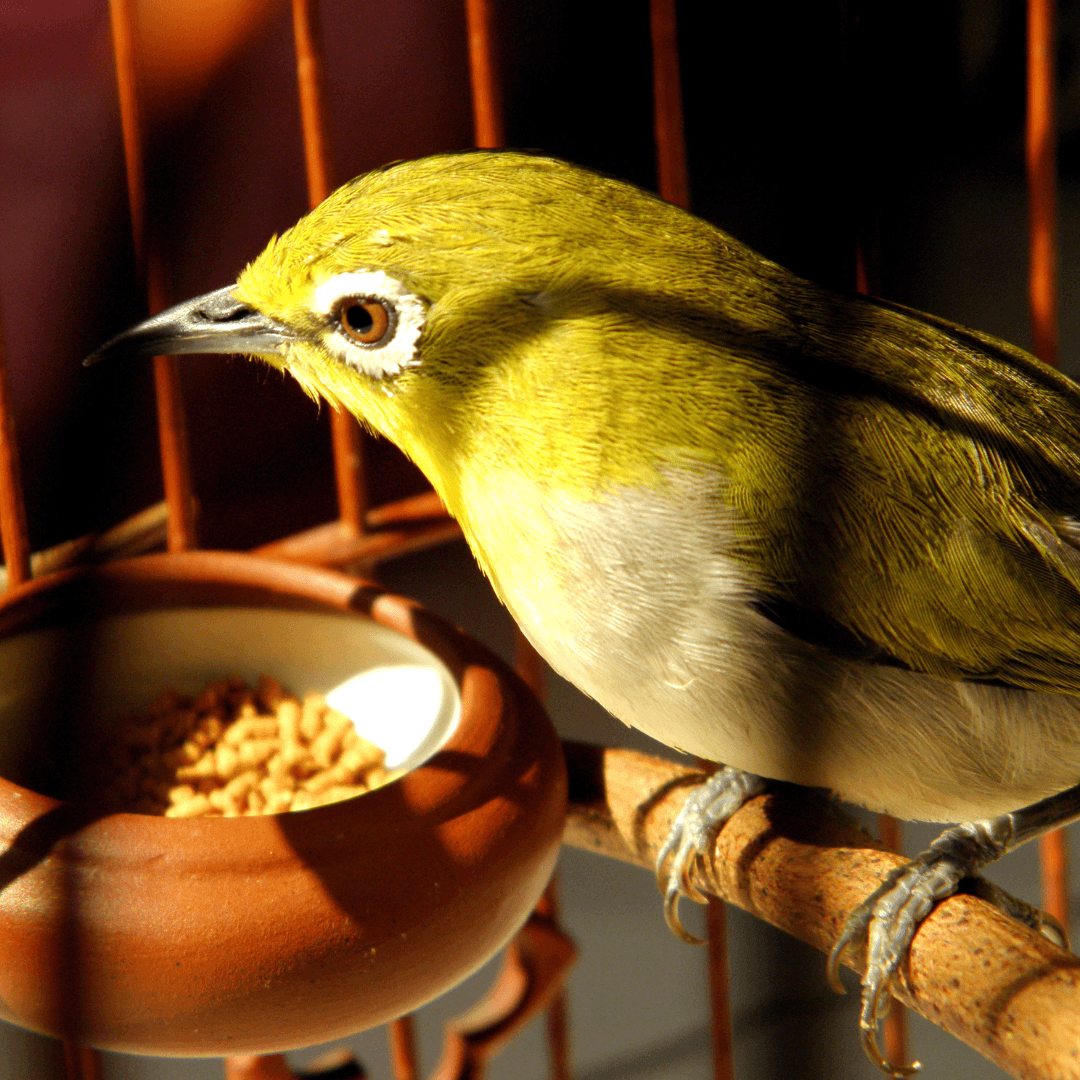
7. Avoid Round Cages
Although round cages may possess aesthetic appeal, they might not align with your bird's optimal living conditions. Despite their charm, round cages often limit your bird's freedom of movement.
These cages lack corners for perching and navigating, hindering your bird's natural behaviours like hopping and flying short distances.
The absence of straight edges can lead to confusion and stress as your bird tries to gauge their surroundings.
Choosing a rectangular or square-shaped cage ensures your bird has functional space to move, perch, and exercise without constraints.
The straight sides offer ample perching areas, and the predictable corners provide a sense of security.
This layout encourages more natural navigation of the cage, reducing stress and enhancing your bird's overall well-being.
While style is tempting, prioritizing functionality over form by choosing a cage with a shape that accommodates your bird's needs better contributes to their comfort, happiness, and contented coexistence within their enclosure.
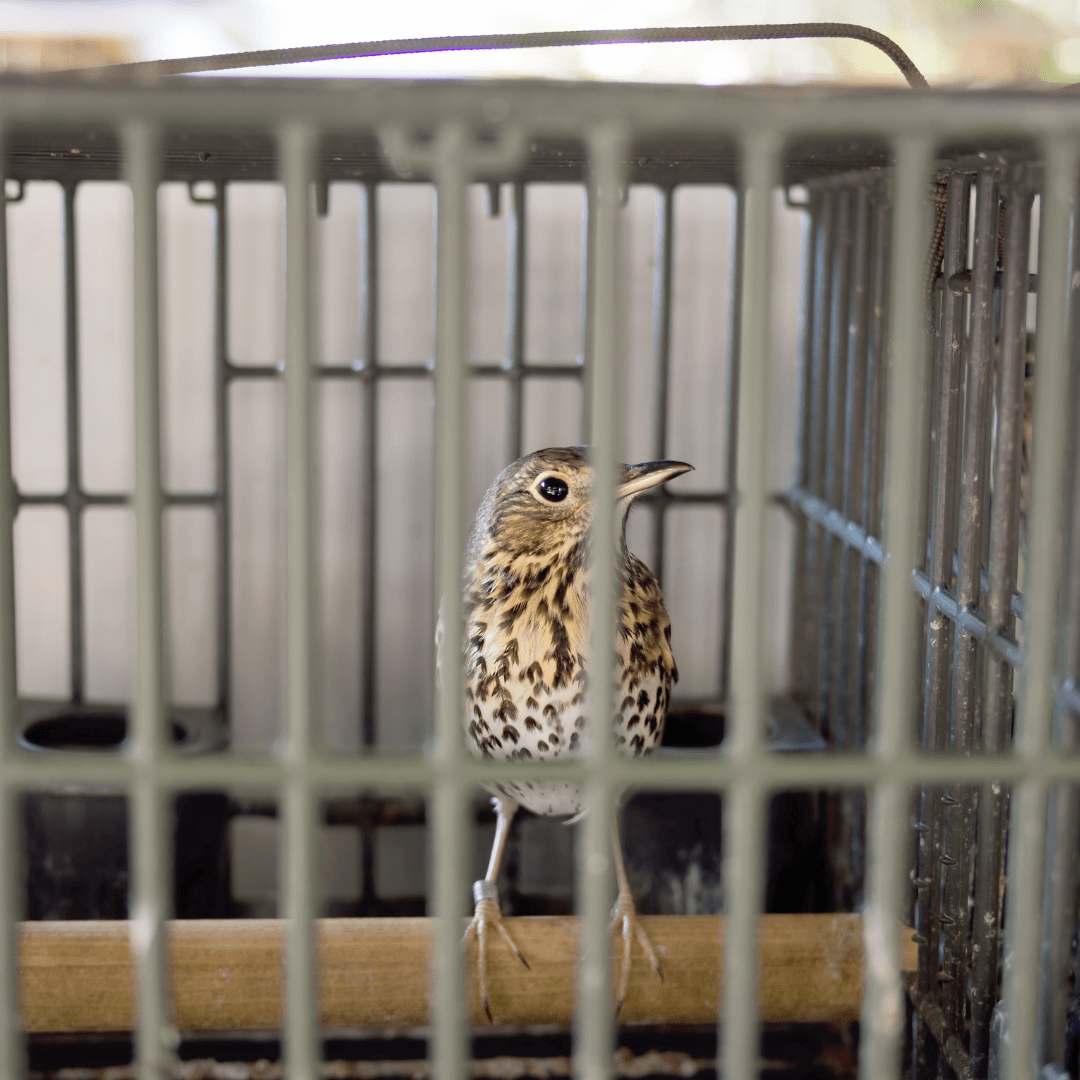
8. Check Bar Thickness
The thickness of the cage bars plays a significant role in ensuring your bird's safety and comfort. Striking the right balance between thinness and thickness is crucial.
Too thin bars might prove fragile, potentially bending or breaking under pressure, posing a risk to your bird's security.
Conversely, excessively thick bars might hinder your bird's grip, making it challenging for them to move around the cage or perch comfortably.
Selecting a cage with bars of appropriate thickness ensures your bird can easily explore their environment while maintaining a secure enclosure.
The cage bars act as the framework for their world, providing opportunities for climbing, exploring, and interacting with their surroundings.
By considering the optimal thickness of the bars, you offer your feathered companion a sturdy and secure home that supports their natural behaviours and allows them to navigate their cage confidently.

9. Escape-Proof Design
Creating an escape-proof environment is paramount when selecting a cage for your bird. Birds possess a remarkable knack for unlocking latches and navigating locks.
To counter their ingenuity, prioritize a cage with robust and secure mechanisms that leave minimal room for clever escapades.
Consider double locks or intricate latch designs that require mastery beyond your bird's capabilities.
Additionally, inspect the cage's door closures and locking mechanisms to ensure they are not easily tampered with.
This preventive measure guards against accidental escapes that could endanger your bird or lead to distressing situations.
Investing in a cage with escape-proof features safeguards your bird's well-being and peace of mind, allowing them to explore its surroundings without the risk of unintended freedom.
Such a secure design ensures that your feathered friend remains safely nestled in their habitat, fostering a sense of security and promoting a harmonious relationship between you and your avian companion.

10. Match The Cage To Your Bird's Behaviour
Aligning the cage features with your bird's behaviour is pivotal to enriching their environment.
By considering your bird's tendencies and preferences, you can create a habitat that caters to its unique needs.
If your bird is enthusiastic about climbing, opt for a cage with horizontal bars that allow it to traverse and explore its space.
Adequate perches at varying heights mimic their natural habitat, offering them places to rest and observe.
For birds that relish the challenge of foraging, consider incorporating toys that encourage mental engagement, such as puzzles and treat-dispensing objects.
Create hiding spots within the cage to stimulate problem-solving skills and satiate their instinct to search for food.
Understanding your bird's behaviour enables you to anticipate its requirements and curate an environment that aligns with its inherent inclinations.
This tailored approach fosters physical well-being, mental stimulation, and contentment, enhancing their quality of life and enriching your shared journey.
11. Try Before You Buy
Embarking on a hands-on exploration of cage options is a valuable step in the selection process. If feasible, visit a pet store and observe how your bird interacts with cage designs.
This experiential approach offers you firsthand insights into their preferences and comfort levels. Notice if your bird is more drawn to certain cage shapes, bar thicknesses, or perch placements.
As they explore and interact within the store's display cages, paying attention to their demeanour is important.
This immersive experience provides a glimpse into the features that engage and resonate with your bird, helping you decide when choosing your permanent home.
Additionally, interacting with your birds in-store can show how well they adapt to different environments and layouts.
Armed with these observations, you can select a cage that aligns with your bird's behaviours, ensuring their transition to their new abode is seamless and comfortable.
This experiential approach transforms the cage selection process into a personalized journey that prioritizes your bird's preferences and well-being.

12. Room For Flight
The cage size is particularly critical for larger birds, like parrots, that require sufficient space to exercise and spread their wings.
When selecting a cage, prioritize dimensions that enable your feathered companion to stretch their wings fully and move around easily.
Avoid cages that restrict their ability to flap and glide, as this can lead to frustration and physical discomfort.
Larger birds have innate needs for flight and movement, and providing ample room allows them to engage in natural behaviours that contribute to their overall well-being.
Beyond just the wingspan, consider the cage's height, depth, and width to ensure no obstacles impede its movement.
A spacious enclosure allows your parrot to exercise, explore, and exhibit natural behaviours, promoting physical health and mental satisfaction.
By opting for a cage that allows unrestricted movement, you create an environment honing their innate instincts and fostering a happier, more contented avian companion.

13. Consider Future Growth
Anticipating future changes in your flock is a strategic approach when selecting a cage for your avian companions.
If expansion is on the horizon, whether by adding more birds or growing your current one, it's wise to opt for a cage that can adapt to evolving needs.
Choosing a cage with ample space for your current bird's size and potential growth ensures a seamless transition without the need for frequent cage upgrades.
This approach saves you from the hassle of constant changes and provides stability for your birds, minimizing the stress associated with relocating to new environments.
By selecting a cage that accommodates future changes, you lay the foundation for a harmonious living space that supports the growth and development of your feathered companions while fostering a sense of continuity and comfort in their homes.
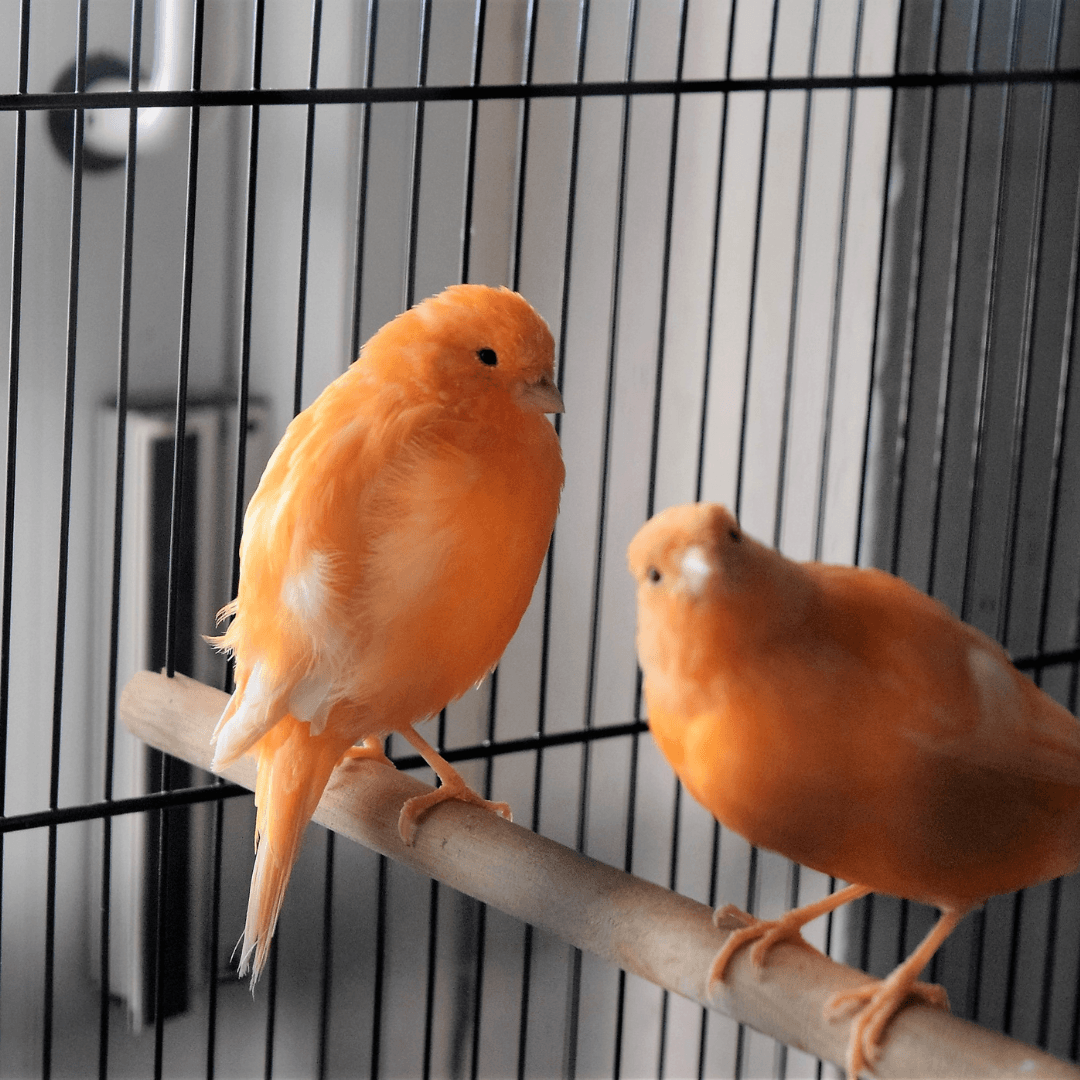
14. Budget Considerations
When contemplating a bird cage purchase, balancing budget considerations and your avian companion's well-being is essential.
While the allure of a budget-friendly option is undeniable, it's crucial to prioritize quality and safety above all else.
Investing in a well-made and durable bird cage might have a slightly higher initial cost, but the long-term benefits outweigh the price.
A sturdy cage constructed from non-toxic materials ensures your bird's physical safety and comfort.
Inferior quality cages might deteriorate quickly, requiring replacement sooner than anticipated and ultimately costing more in the long run.
Additionally, a durable cage resists wear and tear, providing your bird with a stable and secure habitat for years.
Ultimately, your bird's health and happiness are priceless, and opting for a higher-quality cage reflects your commitment to their well-being.
Investing in a cage that offers safety, durability, and longevity gives your avian companion a haven that contributes to their thriving, contented life.
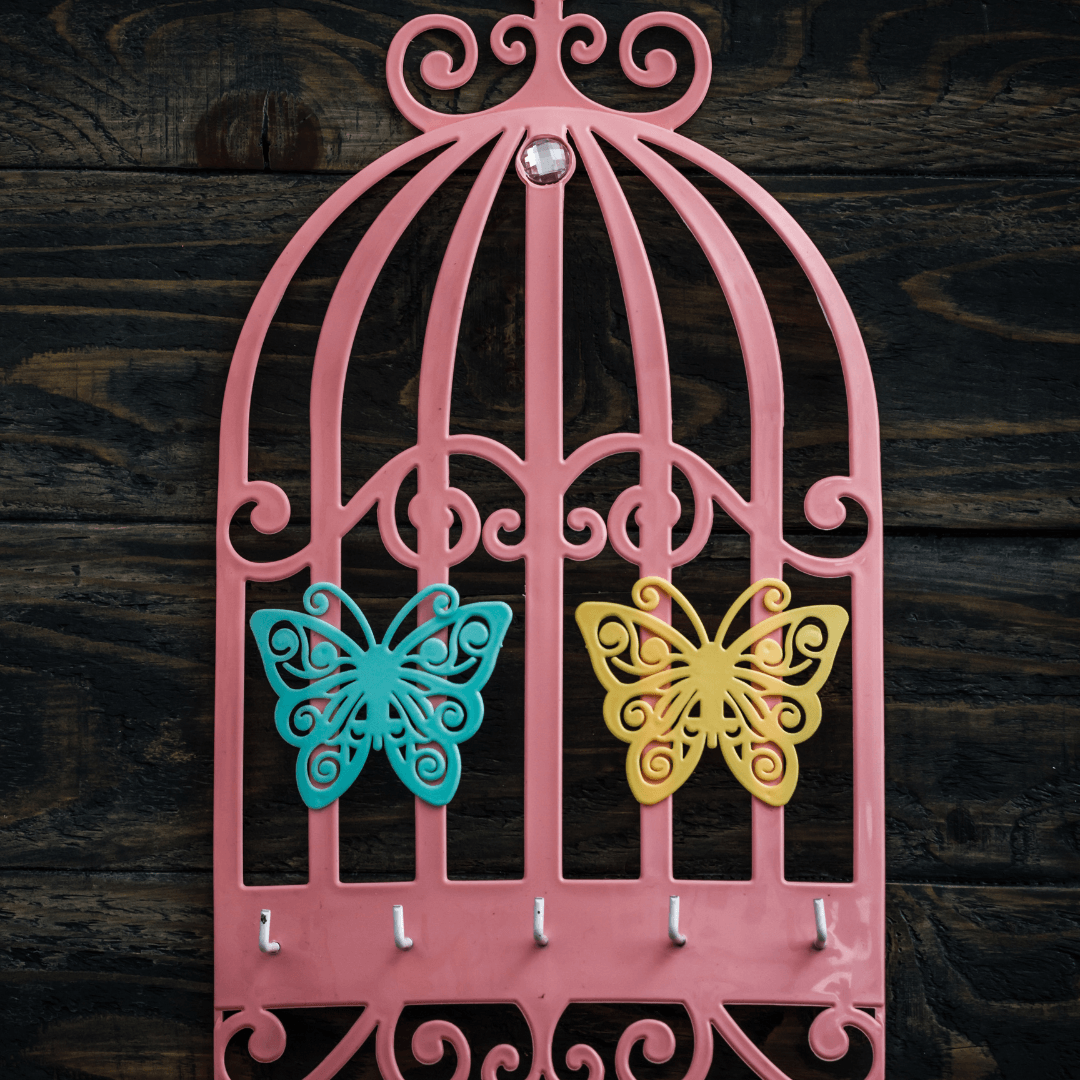
15. Avoid Decorative Elements
The practical needs of your feathered friend should temper the allure of decorative cages. As charming as ornate designs may appear, they often compromise the essential space and functional elements required for your bird's well-being.
Prioritizing function over aesthetics ensures your bird's comfort, safety, and engagement.
Decorative cages frequently prioritize style at the expense of space, hindering your bird's ability to move, exercise, and engage in natural behaviours.
Moreover, intricate designs might harbour hard-to-clean crevices, raising hygiene concerns. When choosing a cage, opt for a design that allows sufficient room for perches, toys, and wingspan while minimizing complex patterns that impede cleaning and maintenance.
By prioritizing practicality, you offer your bird an environment that caters to its biological needs, ensuring its physical and mental health.
While aesthetics are appealing, your bird's well-being takes precedence, fostering an environment that supports its natural behaviours and overall happiness.
By considering these tips, you can make an informed decision and provide your feathered companion with a comfortable and secure living space that enhances their overall well-being and happiness.
Conclusion
Selecting the ideal bird cage is a significant decision that directly impacts your avian companion's well-being and happiness.
Through this journey, we've explored various factors when choosing the best cage for your feathered friend.
Ultimately, the best bird cage strikes a harmonious balance between your bird's requirements and your preferences.
A spacious, secure, and stimulating habitat is a foundation for a strong bond between you and your feathered friend.
By taking the time to consider these tips and insights, you're providing your bird with a lovingly curated living space that reflects your commitment to their well-being.
Your careful selection ensures that your avian companion thrives in an environment that nurtures their instincts, fosters happiness, and enriches their life as a cherished member of your family.
I trust you enjoyed this article on Tips To Choose the Best Bird Cage. Please stay tuned for more blog posts soon. Take care!
JeannetteZ
Your Opinion Is Important To Me
Do you have thoughts, ideas, or questions? I would love to hear from you. Please leave me your questions, experience, and remarks about this article on the Tips To Choose The Best Bird Cage in the comments section below. You can also reach me by email at Jeannette@Close-To-Nature.org.
Disclosure
This post may contain affiliate links. I earn from qualifying purchases as an Amazon Associate and other affiliate programs. Please read my full affiliate disclosure.
You might also enjoy these blog posts:
How To Start A Gardening Business
Major Tips Of Growing Lemon Balm In Containers

